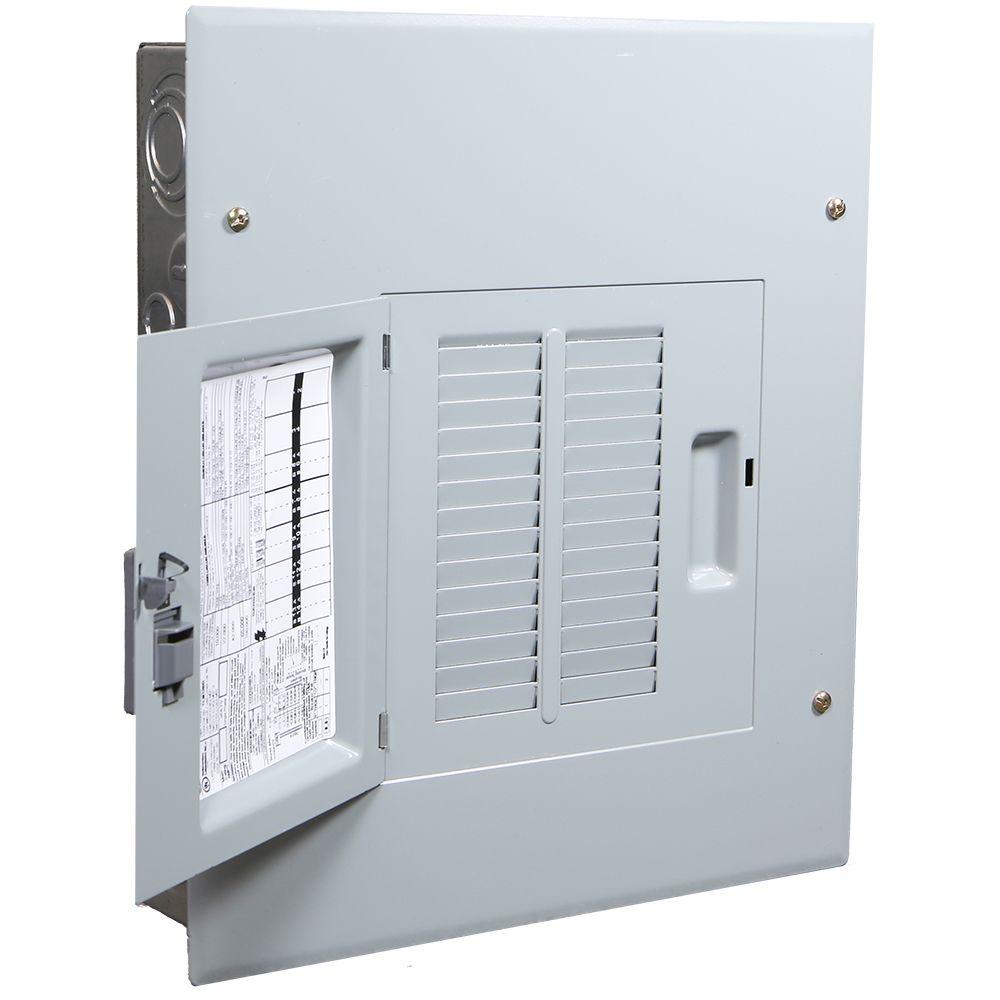Hi everyone!
I'm planning on having the brew shed upgraded by the end of summer but I'm formulating the budget, making supply lists, looking at sub-panels, and thinking about my brewing future.
ONE DAY (I'm thinking within 5 years), I would love to have a 1bbl+ system running on electric. Right now I use propane and IMHO propane is much more expensive than electric. Also within 10 years we look to go solar, and the draw from the brew shed's ferm temp controls, glycol chiller, freezer chests, etc. will need to be taken into account. I also want to install an instant tankless water heater that also runs 240v.
The topic of the night is: when moving to 240v, should I go 30amp or 50amp? Since I've got the walls removed anyway, should I install both a 30 port and a 50 port?
There's always reality and maybe I stick doing 10 gal batches but I want to go full control panel electrical brewing? What is the setup that will prepare me for any upgrade? Whatever is done can't be detrimental to our solar upgrade...
Thanks everyone!
I'm planning on having the brew shed upgraded by the end of summer but I'm formulating the budget, making supply lists, looking at sub-panels, and thinking about my brewing future.
ONE DAY (I'm thinking within 5 years), I would love to have a 1bbl+ system running on electric. Right now I use propane and IMHO propane is much more expensive than electric. Also within 10 years we look to go solar, and the draw from the brew shed's ferm temp controls, glycol chiller, freezer chests, etc. will need to be taken into account. I also want to install an instant tankless water heater that also runs 240v.
The topic of the night is: when moving to 240v, should I go 30amp or 50amp? Since I've got the walls removed anyway, should I install both a 30 port and a 50 port?
There's always reality and maybe I stick doing 10 gal batches but I want to go full control panel electrical brewing? What is the setup that will prepare me for any upgrade? Whatever is done can't be detrimental to our solar upgrade...
Thanks everyone!





